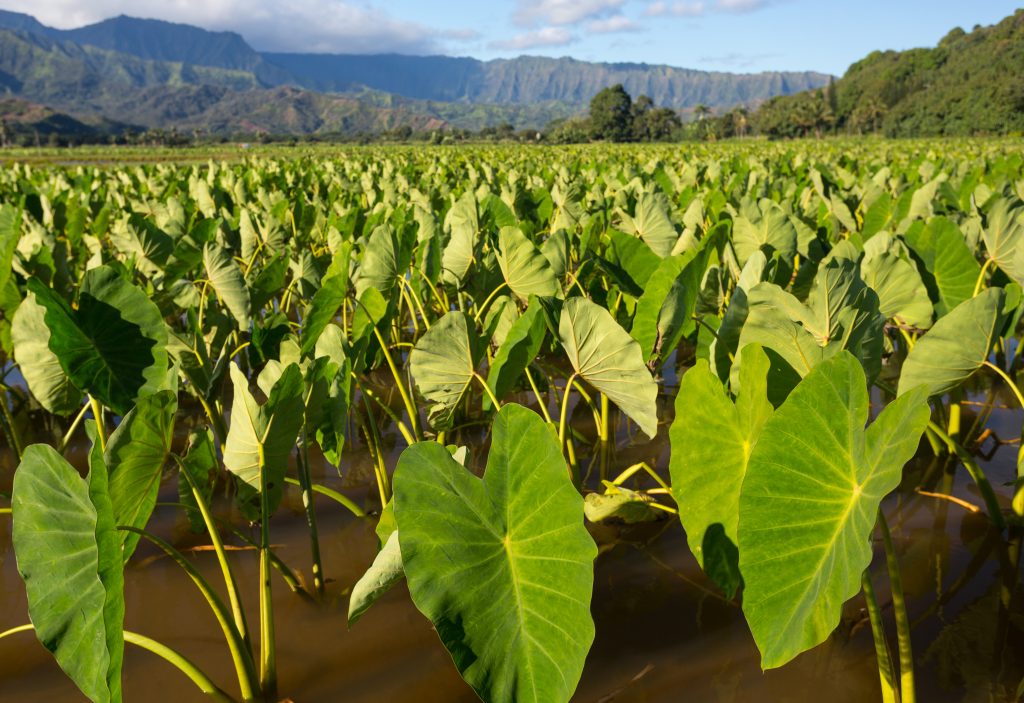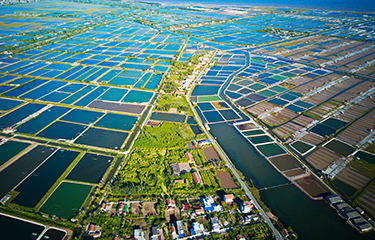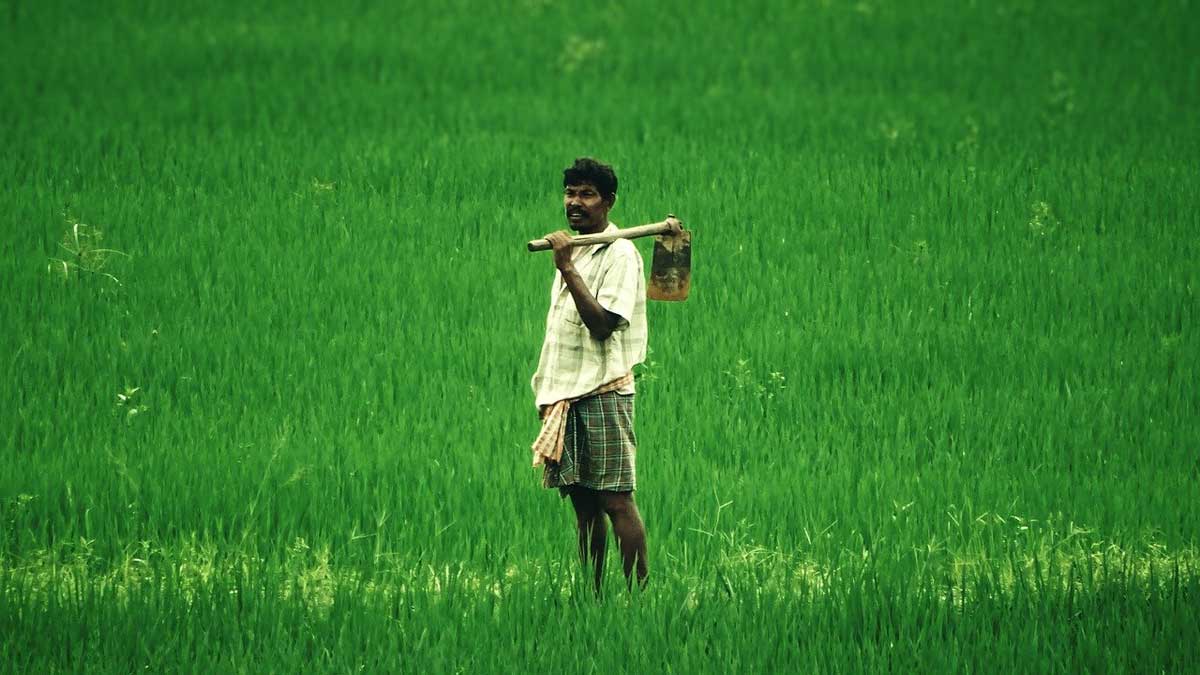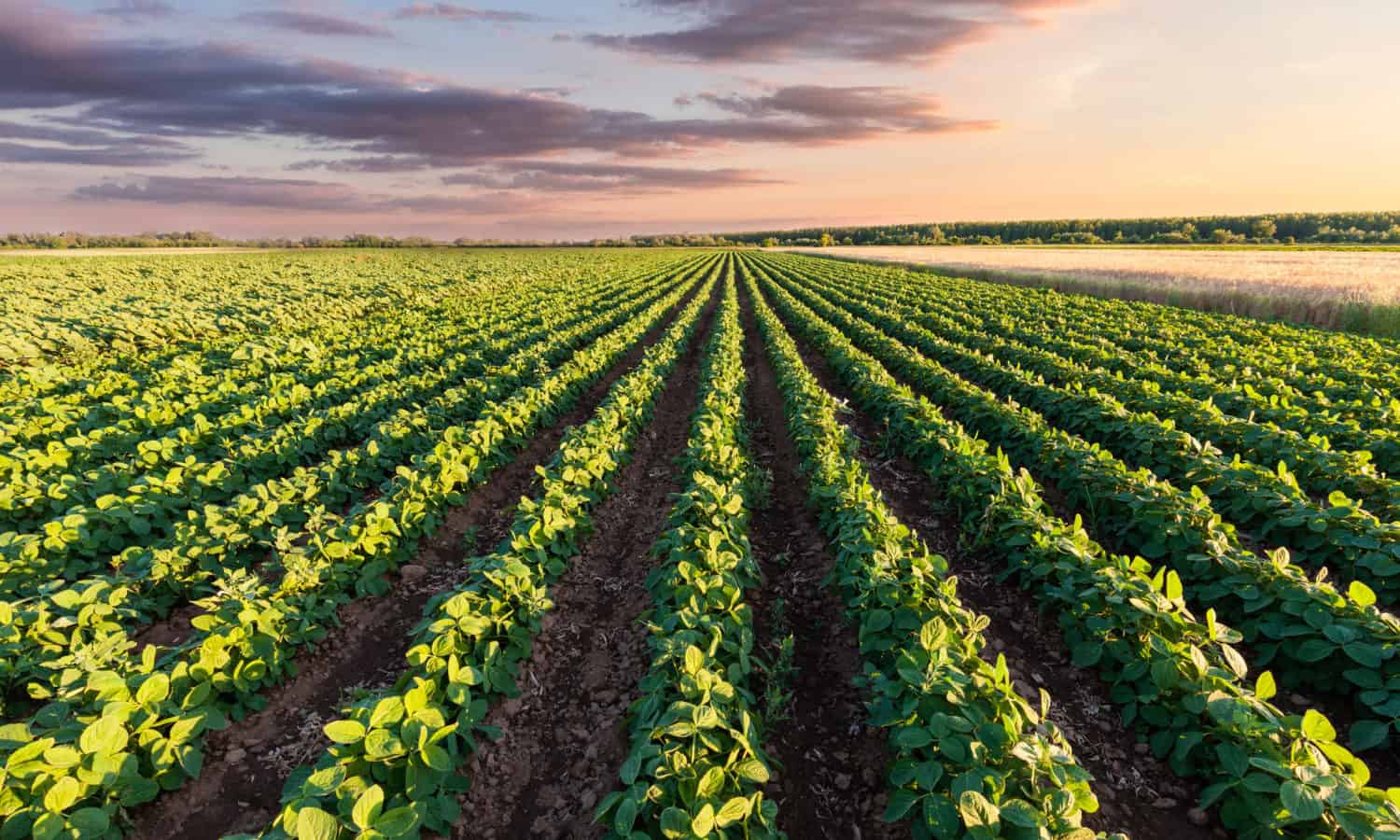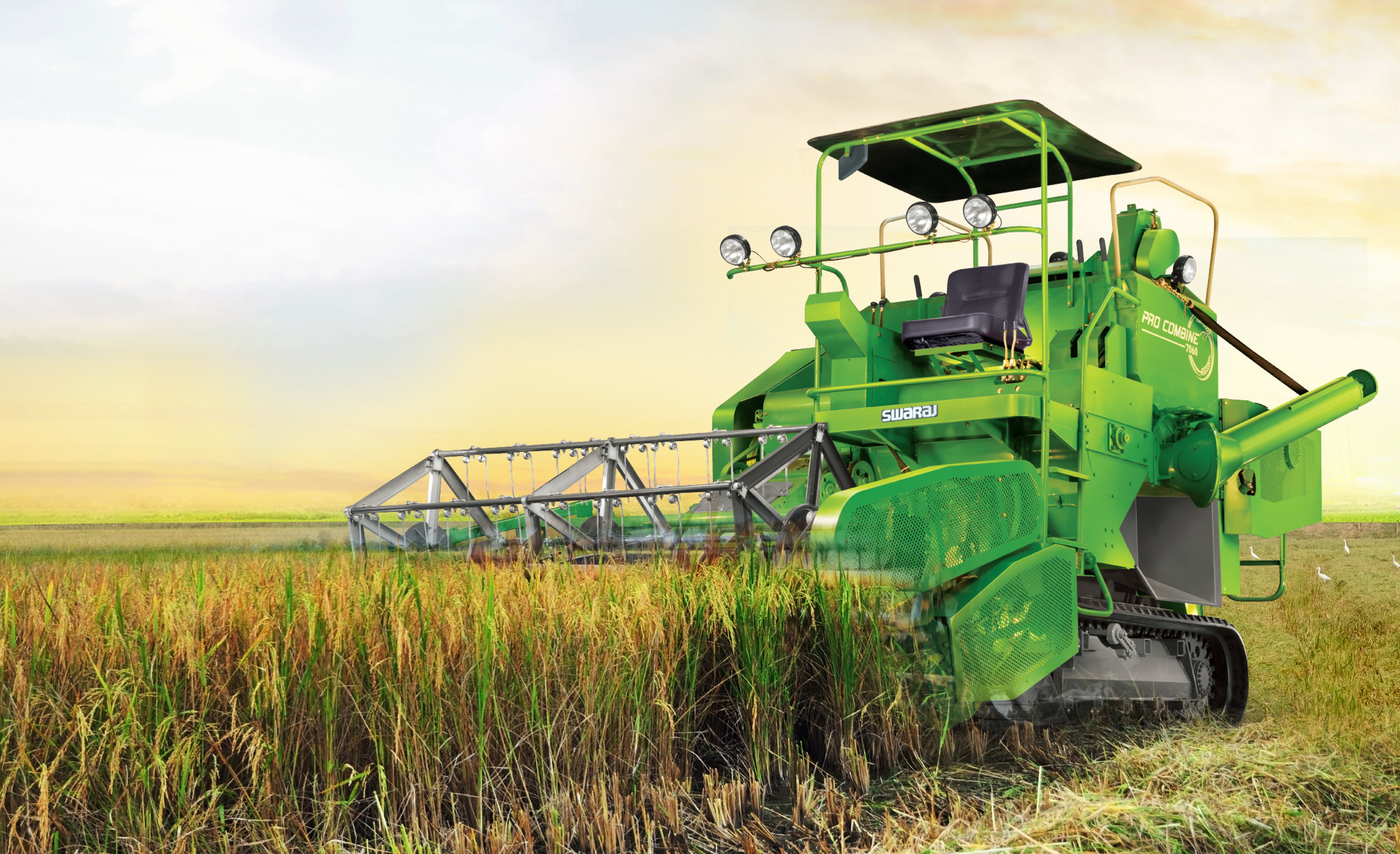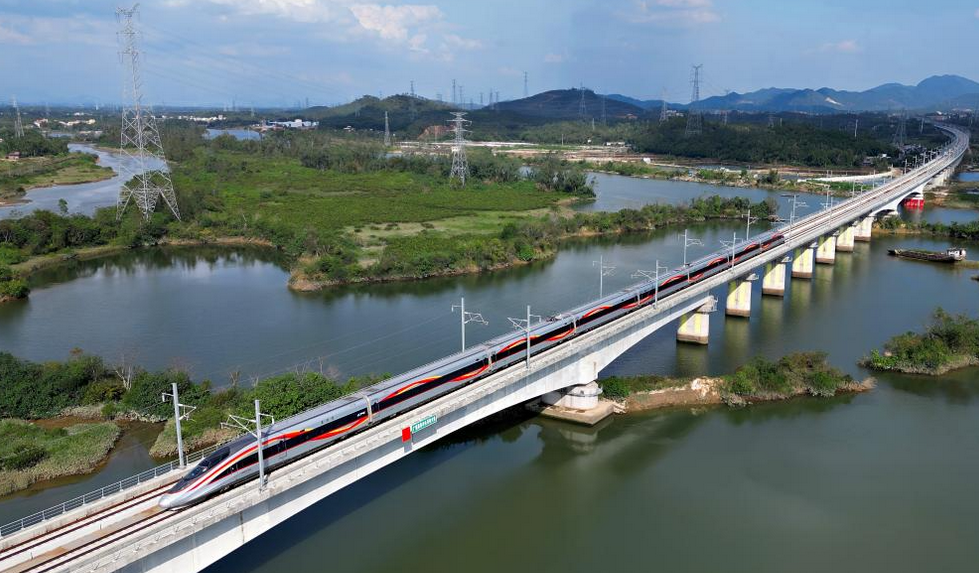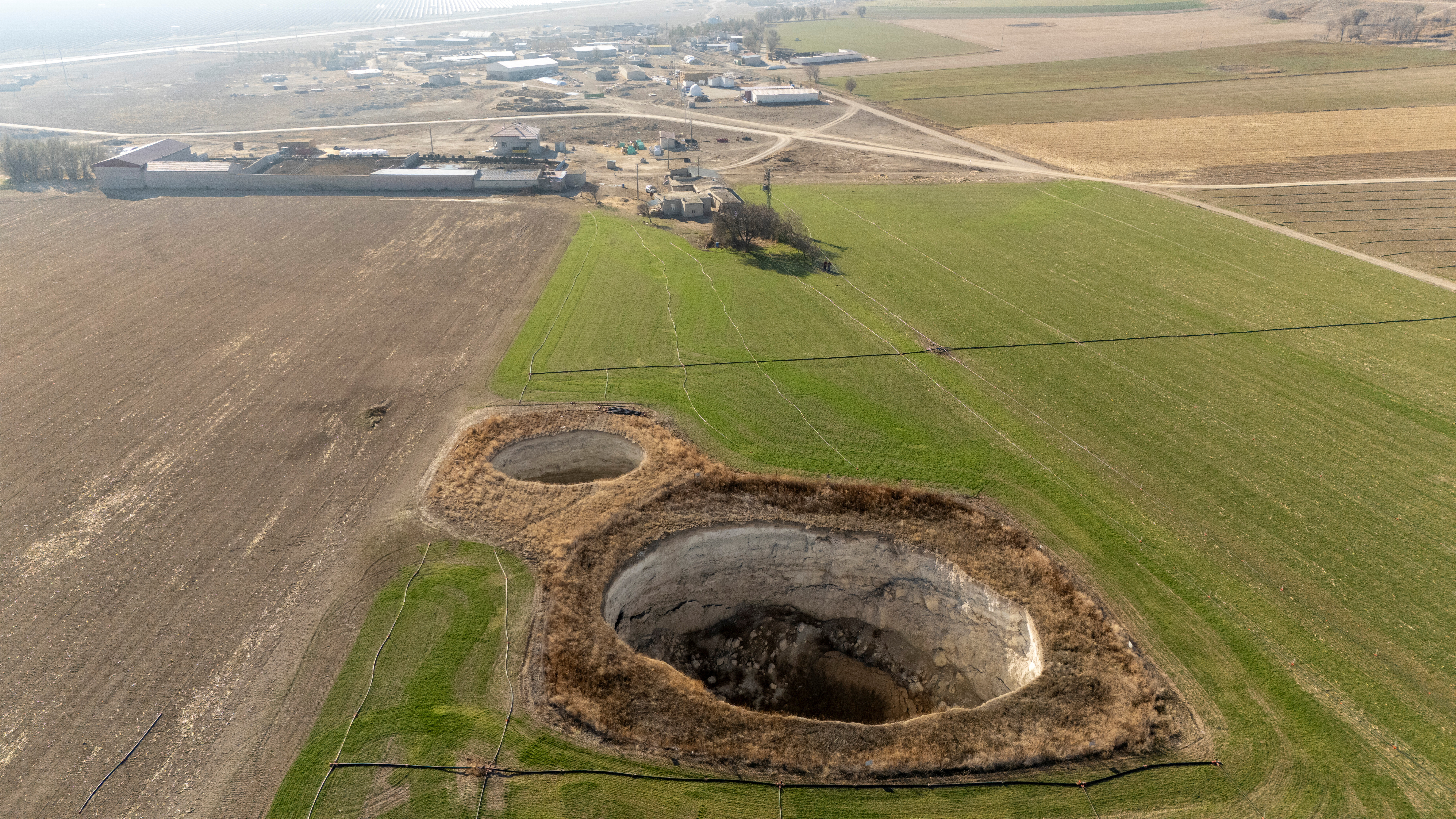The Hawai‘i Department of Agriculture and Biosecurity (DAB) Market Development Branch has awarded a total of more than $465,700 to seven projects under the Specialty Crop Block Grant Program for fiscal year 2025.
Under the program, the US Department of Agriculture allocates funds to each state based on the value of the specialty crops produced in the state. Specialty crops are defined by the USDA as fruits and vegetables, tree nuts, dried fruits, horticulture and nursery crops, including floriculture. Much of Hawai‘i’s diversified agriculture falls under this specialty crop designation.
The federal grant funds were awarded to DAB prior to the federal shutdown but have not yet been received by the department.
The awardees include:
- Farm Link Hawai‘i – Building a Hawai‘i-based Flour Economy: Reducing Imports with Local Alternatives – $49,800
- Kalo Road Farm – Taro Leaf Viability for Small-Scale Dryland Farming – $29,250
- Kukui Ranch – Revitalizing Kukui Nut Production and ‘Inamona Commercialization in Hawai‘i – $50,000
- Ocean Era – Increasing Marketability of Farmed Warmwater Macroalgae by Developing Good Agricultural Practices (GAP) Guidelines for Producers – $46,164
- OK Farms – Developing a Drought-Resilient Model of Regenerative Management and Production for Lychee Orchards in Hawai‘i – $46,285
- DAB – MDB – Hawai‘i-grown specialty crops at the Global Produce and Floral Show – $142,589
- DAB – MDB – Advancing Herbs and Spices as a Crop for Hawai‘i – $101,685
The program prioritizes projects that provide measurable benefits to Hawai‘i’s specialty crop industry, including increasing production and consumption, supporting emerging crops and promoting organic operations. Eligible projects must enhance the competitiveness of Hawai‘i-grown specialty crops in either domestic or foreign markets.
Project Summaries
1. Building a Hawai‘i-Based Flour Economy: Reducing Imports with Local Alternatives
Farm Link Hawai‘i – Robert Barreca
Farm Link Hawai‘i and Culinary Breeding Network aim to increase the demand and consumption of six well-adapted specialty crops—breadfruit, taro, cassava, sweet potato, macadamia nut, and banana—as locally grown alternatives/additions to imported grain products. These crops thrive across Hawai‘i’s diverse growing conditions and present significant potential for import substitution, improved food security, agricultural development and market diversification.Project objectives include:
- Expand markets for Hawai‘i-grown crops as flour substitutes/extenders for imported grains
- Engage a network of growers, culinary professionals, and stakeholders to raise awareness and share knowledge
- Evaluate changes in market demand for local flours
To meet these objectives, the project will:
- Convene an initial virtual planning session to identify market needs and outline the schedule for the Alternative Local Flours Gathering workshop
- Develop branded marketing materials for use by growers, wholesalers, and retailers—at point of sale, in newsletters, markets, and on social media
- Launch a social media campaign to promote the targeted crops and products
- Host an Alternative Local Flours Gathering workshop to facilitate knowledge exchange and networking among millers, professional bakers and pastry chefs, and other stakeholders on the sourcing and use of local flours made from breadfruit, taro, cassava, sweet potato, macadamia nut, and banana
- Test market products through Farm Link Hawai‘i and other food hubs’ sales channels
To extend the project’s impact, outcomes will be shared through presentations at grower meetings and industry conferences. Additionally, resources and findings will be published on the Farm Link Hawai‘i and Culinary Breeding Network websites to reach a broader audience of farmers, chefs, and consumers.
2. Taro Leaf Viability for Small-Scale Dryland Farming
Kalo Road Farm – Jasmine King
Taro Leaf Viability for Small-Scale Dryland Farming project will increase the market viability of taro through improved post-harvest handling of taro leaf, educational marketing, and technical but accessible materials to aid small-scale farmers. Jasmine King will support award-winning farm operator Mikala Minn to document production methods, collect records, and develop market study materials. Over 24 months, the team will test taro leaf refrigeration and storage techniques, conduct direct-to-consumer outreach using social media, and create a qualitative profit/loss case study that reflects a whole-crop model, evaluating the combined performance of corm and leaf. Farmer-facing materials will be concise, practical, and grounded in the lived realities of small-scale growers, highlighting challenges Minn encounters as a private agricultural manager and consultant.Project partners with Ala Kukui, E Kūpaku Ka ‘Āina, Hāna Farmers Market and its umbrella Hāna Farmers Union United. Ala Kukui will help disseminate findings to Native Hawaiian farmers. E Kūpaku Ka ‘Āina offers strong ties to the taro farming community and expertise in traditional practices and taro-related policy advocacy. Hāna Farmers Market, a Hāna Farmers Union United project, will support local outreach to East Maui farmers interested in economic viability. The chapter itself, whose founding president was Mikala Minn, is forum for peer-based sharing and workshop logistics.
By integrating technical improvements and place-based education, the project aims to uplift taro leaf as a viable specialty crop and increase resilience for kalo growers statewide. The project includes two core components:
- Developing a cold storage and ordering model for taro leaf that meets burst-event demand while complying with raw produce exemptions
- Conducting a whole-crop profit and loss study to guide more informed, economically sustainable farm decisions
3. Revitalizing Kukui Nut Production and ʻInamona Commercialization in Hawaiʻi
Kukui Ranch – Kat Martyn
Kukui Ranch LLC proposes a statewide initiative to revitalize kukui nut (Aleurites moluccanus) as a specialty crop by producing ʻinamona — a traditional Hawaiian roasted kukui nut condiment — in a food-safe, scalable, and market-ready format. Deliverables include a certified HACCP processing method, foodservice and retail product lines, documented training guides, and a commercialization roadmap. The project aligns with HDOA’s goals by increasing specialty crop usage, strengthening cultural food systems, and creating new economic opportunities for local growers.The project will launch ʻinamona sales early through poke counters at Times Supermarket and Waialua General Store, followed by a retail rollout at Whole Foods, Don Quijote, Noh Foods, Down to Earth, and Kailua Seasoning Company. Kukui Ranch will host training workshops in Spring 2027 to empower other farmers to participate in kukui nut harvesting and supply their kukui nuts for ʻinamona production during the second harvest of the project period.
PROJECT Hilo, Hawai’i. Distribution of saplings in soil-less media will occur via pickup or certified mail with appropriate agricultural inspection procedures.
4. Increasing marketability of farmed warmwater macroalgae by developing GAP guidelines for producers
Ocean Era – Jennika Hawkins
Ocean Era, Inc. (OEI) is proposing to partner with the North Shore Economic Vitality Partnership (NSEVP) to establish Good Agricultural Practices (GAP) guidance for land-based, warmwater seaweed farms. The domestic seaweed aquaculture industry is growing, but farmers need to get top dollar for their products to be economically viable. The FDA considers seaweed a Raw Agriculture Commodity, and yes, fresh, ready-to-eat seaweed can command a good price. As such, fresh seaweed needs to be safe to eat. Unfortunately, seaweed can (and has) transmitted food-borne illnesses due to improper practices. Most food distributors ask for GAP certification, or some other guarantee that the product is safe. Unfortunately, no certification or standards exist for seaweed. Tropical seaweed is especially unique, and growers in Hawaii and other warm water regions would benefit from GAP guidelines. The GAP guidelines created under this project will help smooth the way for seaweed growers to get their products into markets.5. Developing a Drought-Resilient Model of Regenerative Management and Production for Lychee Orchards in Hawai‘i
OK Farms – Troy Keolanui
O.K. Farms will develop a model of sustainable and drought-resilient lychee orchard management in Hawaiʻi by developing scientifically based methods for increasing soil organic matter content, establishing water-conscious irrigation, and replacing conventional fertilizer regimes for more cost-effective and environmentally conscious organic and locally sourced alternatives, disseminating results and information to stakeholders through digital publications and community outreach events.6. Hawai‘i-Grown Specialty Crops at the Global Produce Show & Floral Show
DAB – Karen Sur
Hawai‘i specialty crops are represented by commodity associations that are dedicated to assisting their members with activities and programs to promote their crops. The funds that the associations collect are often expended to conduct activities that are important for sharing information with their members, however, marketing promotion is considered a luxury for their limited funds. Thus, the commodity associations will receive promotional support from DAB to help them increase the competitiveness of their specialty crop commodities at the Global Produce Show (GPFS). This project will provide a professional space to promote the Hawai‘i specialty crops, their respective commodity associations, and member farmers/companies to GPFS attendees who encompass nationwide buyers and consumers.7. Advancing Herbs and Spices as a Crop for Hawai‘i
DAB – Caryn Morita
The diaspora of people from Southeast Asia into the United States resulted in many of the Southeast Asian farmers settling in Hawai‘i, where they began to grow the herbs and spices that were part of their diet. These fresh specialty crops favored the climate of Hawai‘i, were of high quality, provided steady revenue, were in high demand in the continental US (CONUS), and basil, for example, ranked #5 in value of production for Hawai‘i, generating over $39 million.There is unmet need to familiarize the local population with the range of spices that can be grown only in Hawai‘i for local consumption and for export to the diaspora of peoples in the US and globally. The project will address the need for improved access through activities such as cooking classes, tastings, workshops, planting demonstrations, and sensory opportunities to taste, smell, feel, see and touch the herbs and spices not familiar to them. Teaching producers to grow more kinds of specialty crops/herbs and spices will be part of the workshops to improve access.
There is an unmet demand for culinary herbs and spices in the continental US that will be answered by increasing production of specialty crops in Hawai‘i because of the endless summer temperatures that favor herbs and spices that generally cannot tolerate cold temperatures.
Hawai‘i growers grow the herbs and spices they are familiar with – green onion, basil, cilantro, mint are commonly grown. This project proposes to expand the knowledge of what is common to include what can be grown that is more often purchased in dried form – oregano, cumin, cardamom, mustard, nutmeg, bay leaf, dill, fennel, parsley, sage, rosemary, thyme – or what is associated with ethnicities such as moringa, lemongrass, curry leaf, marjoram, shiso.
This project will provide knowledge about what culinary herbs and spices can be grown competitively in Hawai‘i to meet demand both in Hawai‘i and the continental US, and the project aims to research what works best by distributing seeds and starters to producers and gather data at the end of the project to share with producers to enhance markets. The annual convention will include educational programming for growers and/or consumers.
The data that will be collected will include frequency of rain/watering, in-ground vs raised bed or in-pot, time to harvest for each method (in-ground, raised bed or in-pot), the pesticides that were used according to label instructions, yield (weight), and photos.
Source - https://mauinow.com


